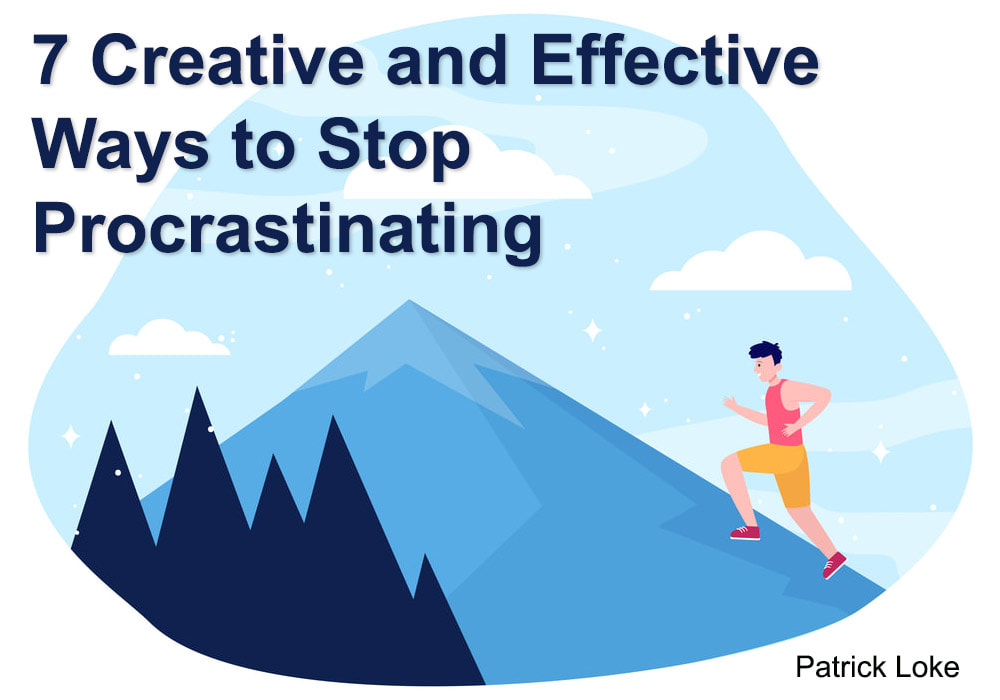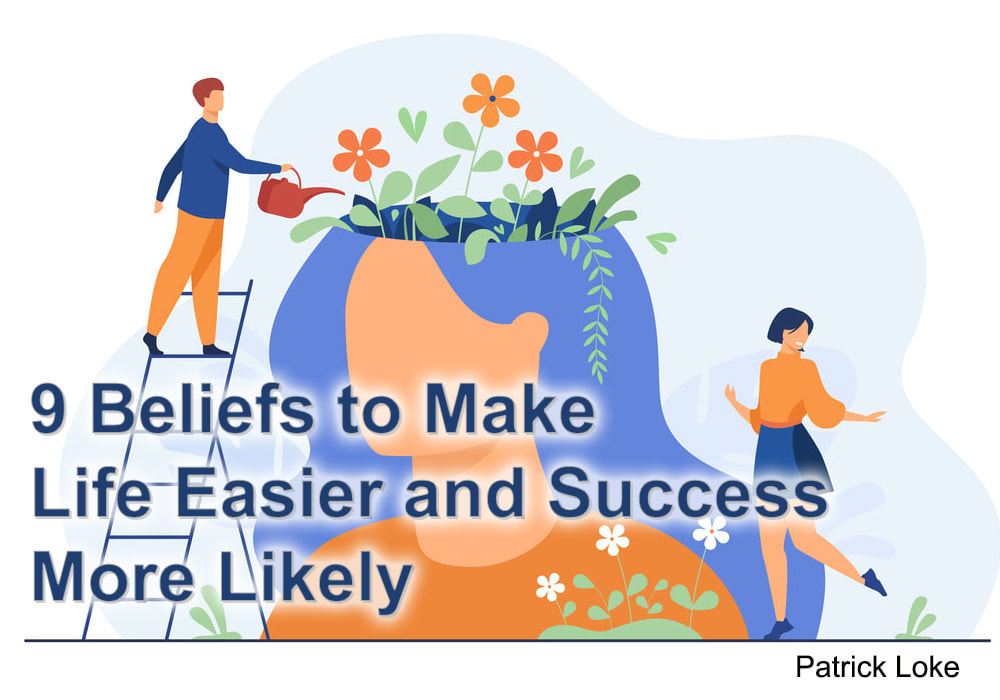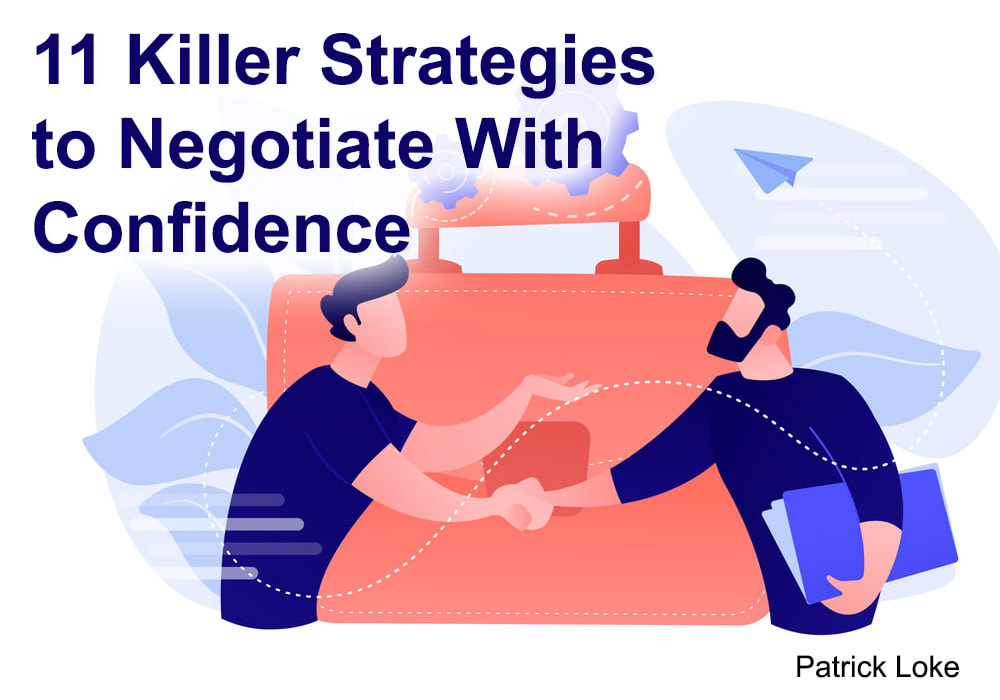|
In today's fast-paced business landscape, time is a valuable asset, especially for entrepreneurs like our client Erin who strive to provide exceptional service to their clients. However, the burden of managing multiple responsibilities often leaves little room for crucial client interactions.
In this blog post, we will explore the transformative impact of hiring appointment setters for Erin's business. By sharing Erin's success story, we will illustrate how the introduction of skilled appointment setters, coupled with comprehensive training and efficient systems, allowed Erin to focus on clients, resulting in doubled profits. The Challenge: Time Constraints and Limited Client Engagement Erin, a dedicated professional, found herself juggling numerous tasks that demanded her attention on a daily basis. As a result, she struggled to dedicate sufficient time to nurturing client relationships and pursuing new opportunities. This imbalance prevented her from maximising her potential and achieving the desired business growth. The Solution: Hiring Appointment Setters and Implementing Effective Systems Recognising the need to optimize Erin's time and enhance client engagement, we recommended the addition of appointment setters to her team. This strategic decision was coupled with comprehensive training to ensure the new staff had the necessary skills to excel in their roles. Additionally, we implemented efficient systems to streamline the appointment setting process and support Erin's overall business operations.
The incorporation of appointment setters, along with the implementation of efficient systems, led to remarkable outcomes for Erin's business:
Erin's experience highlights the transformative power of hiring appointment setters, coupled with comprehensive training and efficient systems. By delegating the task of appointment setting to skilled professionals, Erin regained precious time to focus on nurturing client relationships and seizing new business opportunities. The implemented systems ensured streamlined operations and improved productivity, resulting in doubled profits and accelerated business growth. If you find yourself overwhelmed with time constraints and limited client engagement, consider exploring the benefits of hiring appointment setters for your business. With the right team and efficient systems in place, you can maximise your potential, elevate client interactions, and achieve remarkable success.
0 Comments
In today's competitive business landscape, customer retention plays a pivotal role in driving sustainable growth and maximizing profitability. While acquiring new customers is essential, nurturing existing customer relationships and fostering loyalty can have a profound impact on the success of your business. In this article, we will explore the power of customer retention and share effective strategies to build long-lasting relationships with your valued clientele.
Building a strong customer retention strategy is essential for long-term business success. By prioritizing customer retention, understanding their needs, delivering exceptional experiences, implementing loyalty programs, and going above and beyond, you can foster strong and enduring customer relationships. Remember, customer retention is an ongoing process that requires continuous effort and adaptation. By investing in building long-lasting customer relationships, you'll create a loyal customer base that drives sustainable growth and positions your business for success in the long run. In today's rapidly evolving world, the ability to adapt, learn, and grow is more critical than ever.
One powerful mindset that can propel you towards success is a growth mindset. The concept of a growth mindset, popularized by psychologist Carol Dweck, emphasizes the belief that our abilities and intelligence can be developed through dedication, hard work, and a willingness to learn. In this blog post, we will explore the importance of cultivating a growth mindset and how it can unlock your full potential in both business and life.
Cultivating a growth mindset is a transformative journey that empowers you to unlock your full potential in business and life. By embracing challenges, persisting in the face of setbacks, and adopting a mindset of continuous learning and improvement, you can overcome self-limiting beliefs and achieve greater success. Start your journey towards a growth mindset today and witness the positive impact it can have on your personal and professional life. Remember, your mindset is not fixed. It can be nurtured and developed over time. Embrace the power of a growth mindset and watch yourself thrive! Want to fire up your drive and determination?
Create a compelling vision! Without a vision for the future that excites and motivates you, your days can seem long and difficult. Without a compelling future, each step forward can feel like slogging through mud. Sometimes we lose sight of why we got started in business and slip into a rut. Here are some strategies to maintain a compelling outcome and change your life for the better: Make a list of your highest values. Write down the emotions and states of being that are most important to you. Ideas like connection with friends, freedom, achievement or contribution
Your compelling vision will improve over time. Keep adding details and changing things around until you find the perfect version. A compelling vision should be revisited at least once each day. Be sure to spend a few minutes visualizing this compelling outcome each day. Even better would be two or more times each day. Keep it vivid in your mind. When you’re feeling stuck or overwhelmed return to your compelling vision. Your compelling outcome is a tool to be used whenever necessary. If you’re having a hard time motivating yourself to do something, use your compelling future to provide a boost of motivation. When faced with decisions in your life, remember your compelling vision. It’s much easier to make choices when you remember what you’re trying to accomplish. Imagine that vision is to be able to work from home and be with your family as much as possible, and you’re not sure if you should buy House A or House B.
Compelling visions are like a guiding star and a source of motivation that are always available. Our minds work in pictures, so have a clear and exciting vision for your future. Creating a vision of a compelling outcome also forces you to clearly define what you desire for your life. Many people are foggy about their desired outcome. Without a compelling vision for your future, you’re standing still. Define what you want for your life. Ensure that it’s motivating and use it to your advantage each day. What do you want your future to look like? |
AuthorPatrick Loke is the founder of Actual Impact Consulting and Portrait Photography Profits. He has over 20 years experience owning and running both online and traditional businesses. He has performed as a sales and marketing consultant to small and medium sized enterprises since 2012. Archives
July 2023
Topics
All
|













 RSS Feed
RSS Feed